Bees can get exhausted, depleted, and die if they travel too far to forage. Here are some plants that you can have in your garden so you can help your neighbourhood bees!
The importance of bees, as you may know, cannot be understated. Even if you don’t partake in ecological bee-keeping, just keeping your garden or apartment as a healthy environment for bees to forage or rest can be very helpful in maintaining their populations. There are certain types of flowers, that while ensuring your garden is beautiful and fragrant, can also attract bees, bumblebees, butterflies and other pollinators. Since bees require a certain amount of nectar to be collected before they can go back to their hive, when there are fewer flowers available nearby, these bees have to travel long distances and sometimes can even die from exhaustion before they make it back. Why not help your neighbourhood bees by creating a little oasis for them in your garden?
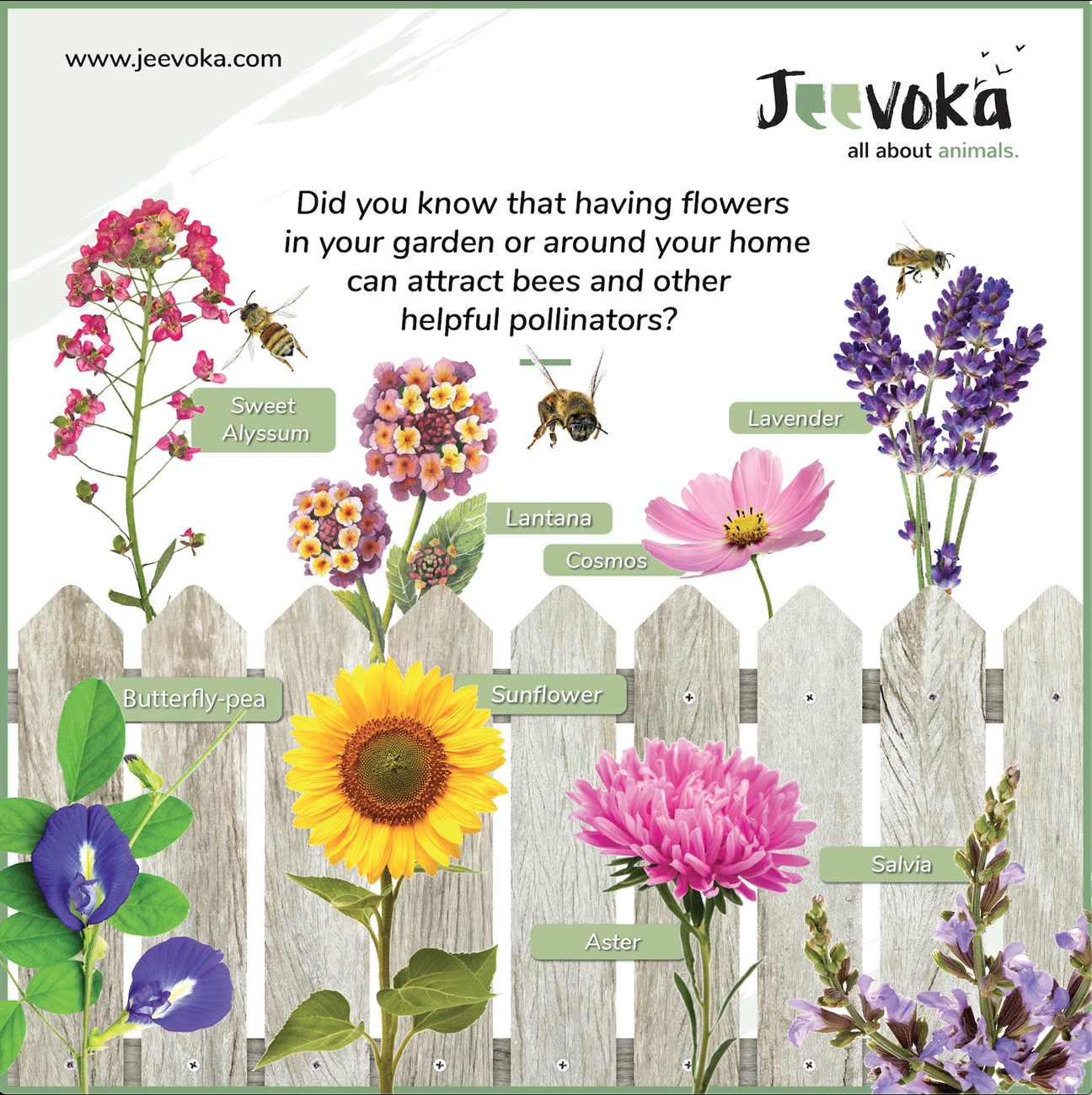
1. Lantana
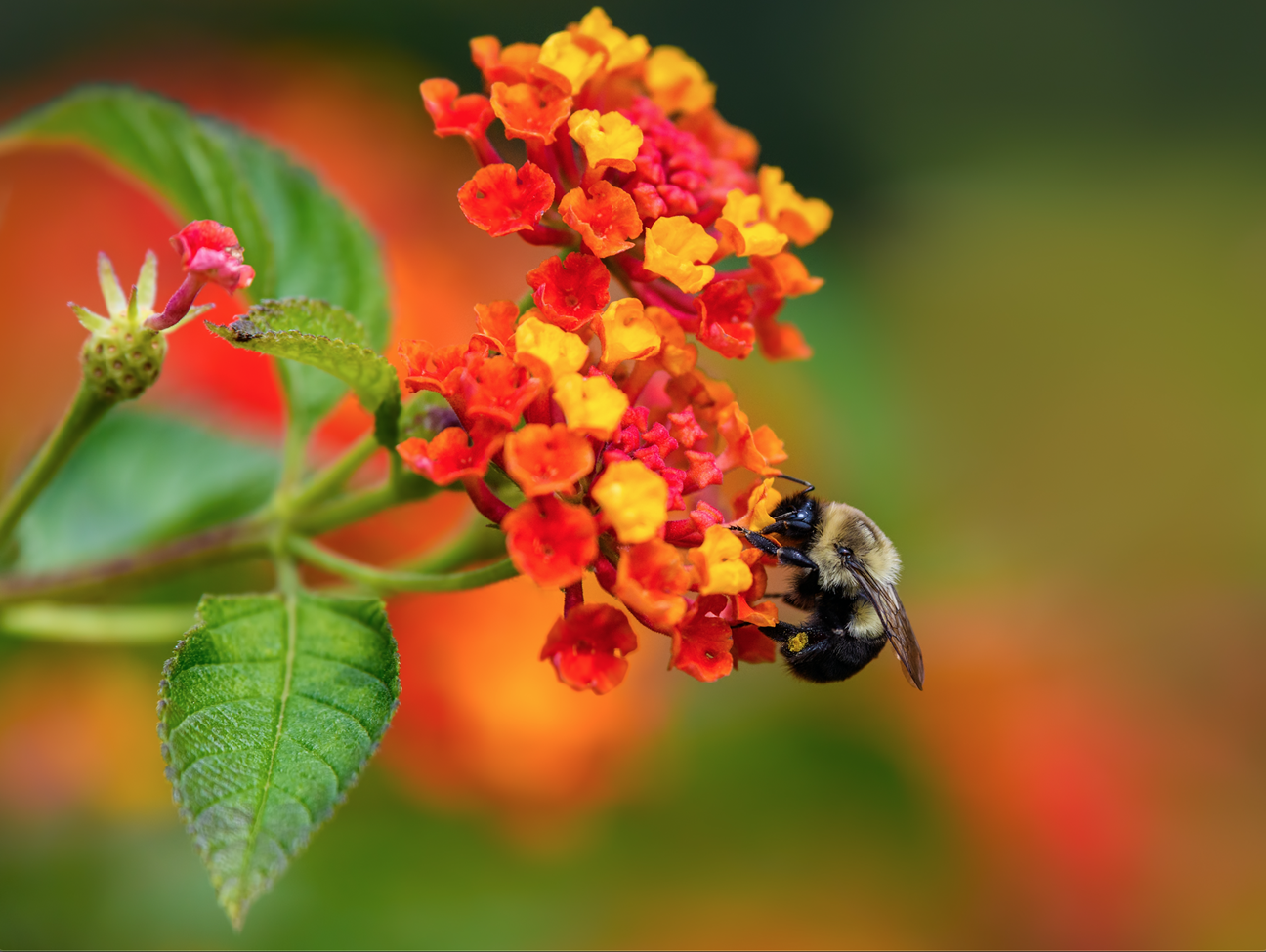
Ideal Temperature: 17º-28ºC
Watering: Once a day (more if the soil is sandy), in well-drained soil.
Sunlight: High
Lantanas are definitely a popular member of every trimmed and neat garden. They actually are a very easy shrub to have in your terrace gardens as well! Bees are most attracted to the colours blue, purple and yellow — lantanas come in clusters of all these colours. Each cluster of flowers has individual parts that hold nectar, which makes it a great stop for bees and butterflies. Since one shrub can have hundreds of flowers, having this plant in your garden is an amazing benefit for bees!
2. Sweet Alyssum
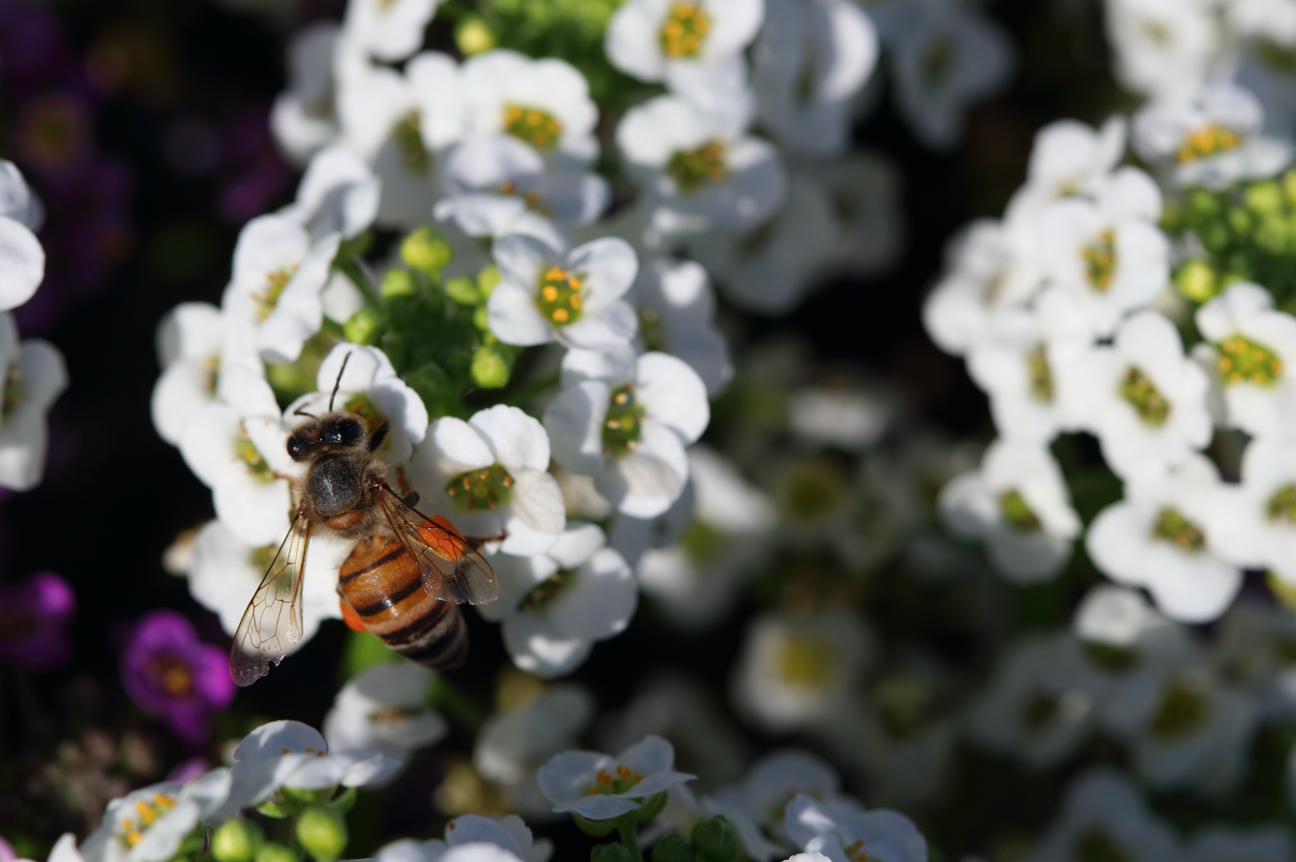
Ideal Temperature: 18º-26ºC
Watering Schedule: Once a day in well-drained soil
Sunlight: Medium-High
Sweet alyssum is another popular ground-hugging plant, with many beautiful and vibrant clusters. Cluster flowers ensure a large amount of nectar for bees. Additionally, sweet alyssum has a strong, sweet scent, which can attract bees from large distances. These plants can grow and bloom all year long, which maintains its benefit for bees throughout the year. This plant attracts various other beneficial pollinators and is also tolerant to cold and drought. They usually come in white, lavender, and pink — all colours that bees love!
3. Cosmos
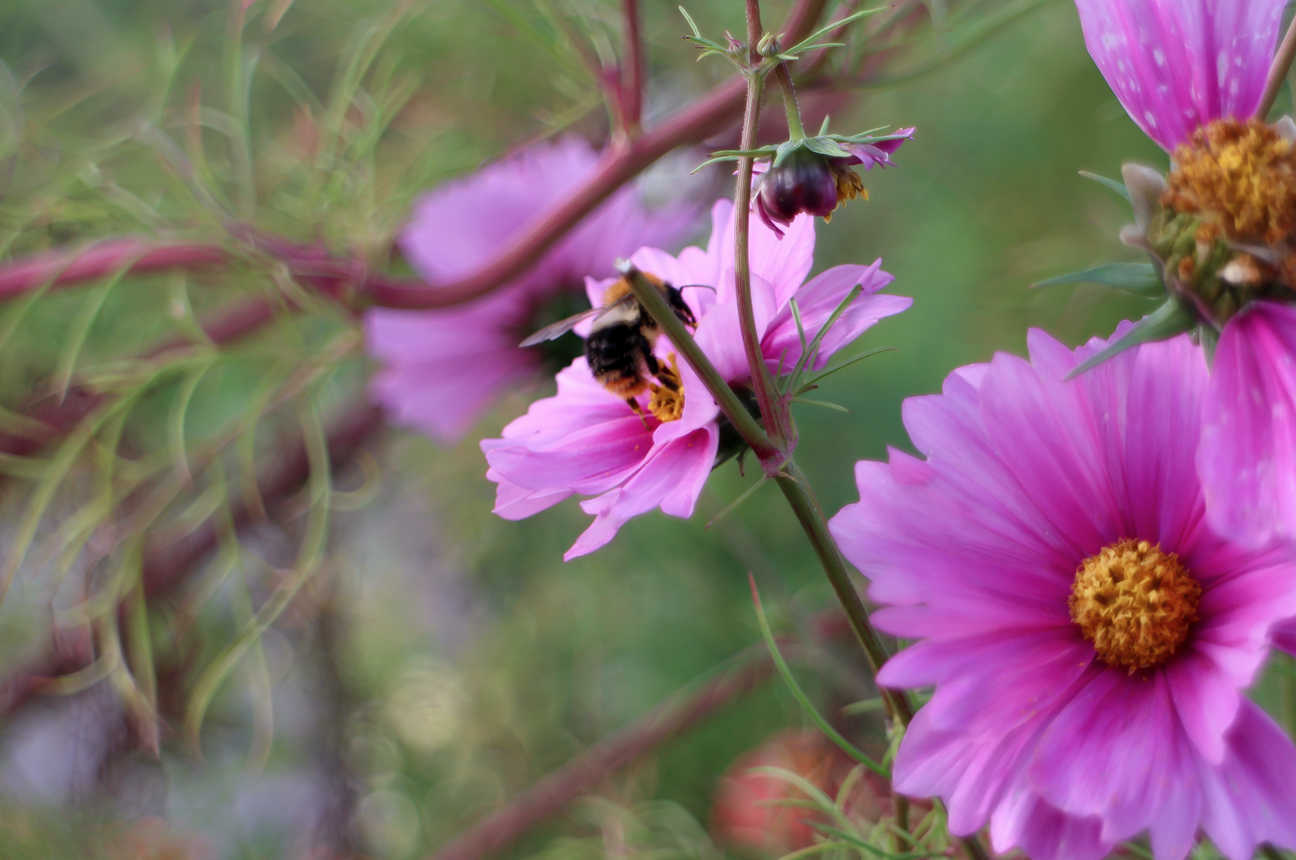
Ideal Temperature: 16º-25ºC
Watering: Once a day in well-drained soil (take care not to over-water!)
Sunlight: Medium-High
Easy to care for, annual bloomers, and can spruce up your garden immensely. Cosmos come in so many colours and the flowers arranged in such a way that pollination and nectar collection happens with little to no effort for bees. A range of other beneficial insects like bumble-bees and butterflies also love the cosmos flowers.
4. Lavender
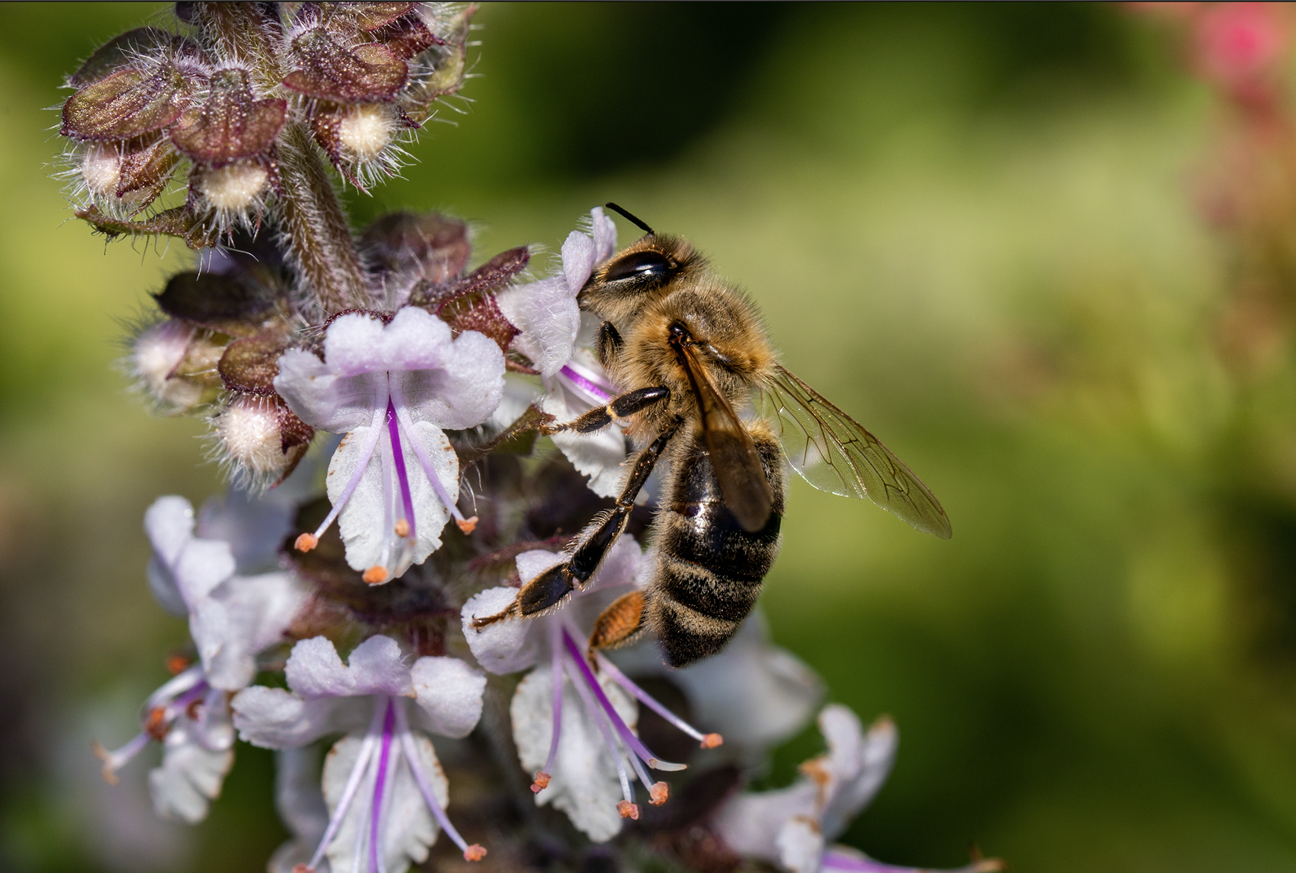
Ideal Temperature: 20º-30ºC
Watering: Once a day in light, sandy, well-drained soil
Sunlight: Medium-High
Lavender flowers are very rich in nectar and have a wafting aroma that spreads over a large area, attracting bees. The good thing about having lavenders is that they blossom during a blooming gap for many other colourful nectar flowers. This makes them a very good buffer for bees to collect nectar, especially where there is a lack of blooming flowers about. Plus, they can leave your home smelling cosy and fresh at all times, bees or not!
5. Sunflower
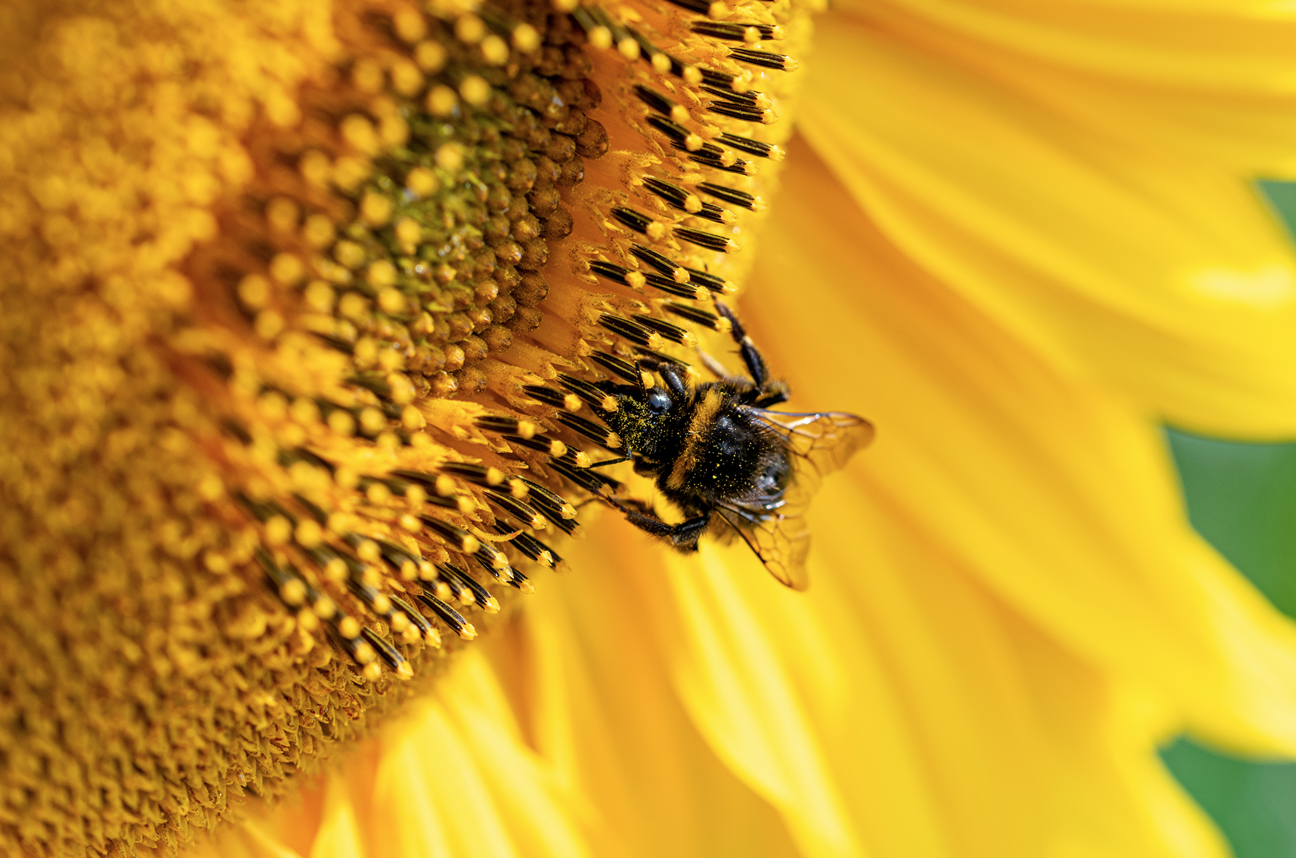
Ideal Temperature: 20º-28ºC
Watering: Once in two days in well-drained soil (re-water if soil feels dry)
Sunlight: High
Bees LOVE sunflowers. Their large wide head gives a single bee a lot of foraging opportunity on a single flower. Their nectar and pollen distribution ensure an easy collection for bees and easy pollination for your flowers. While in bloom they are beneficial for bees, but after they wither- sunflower seeds!
6. Aster
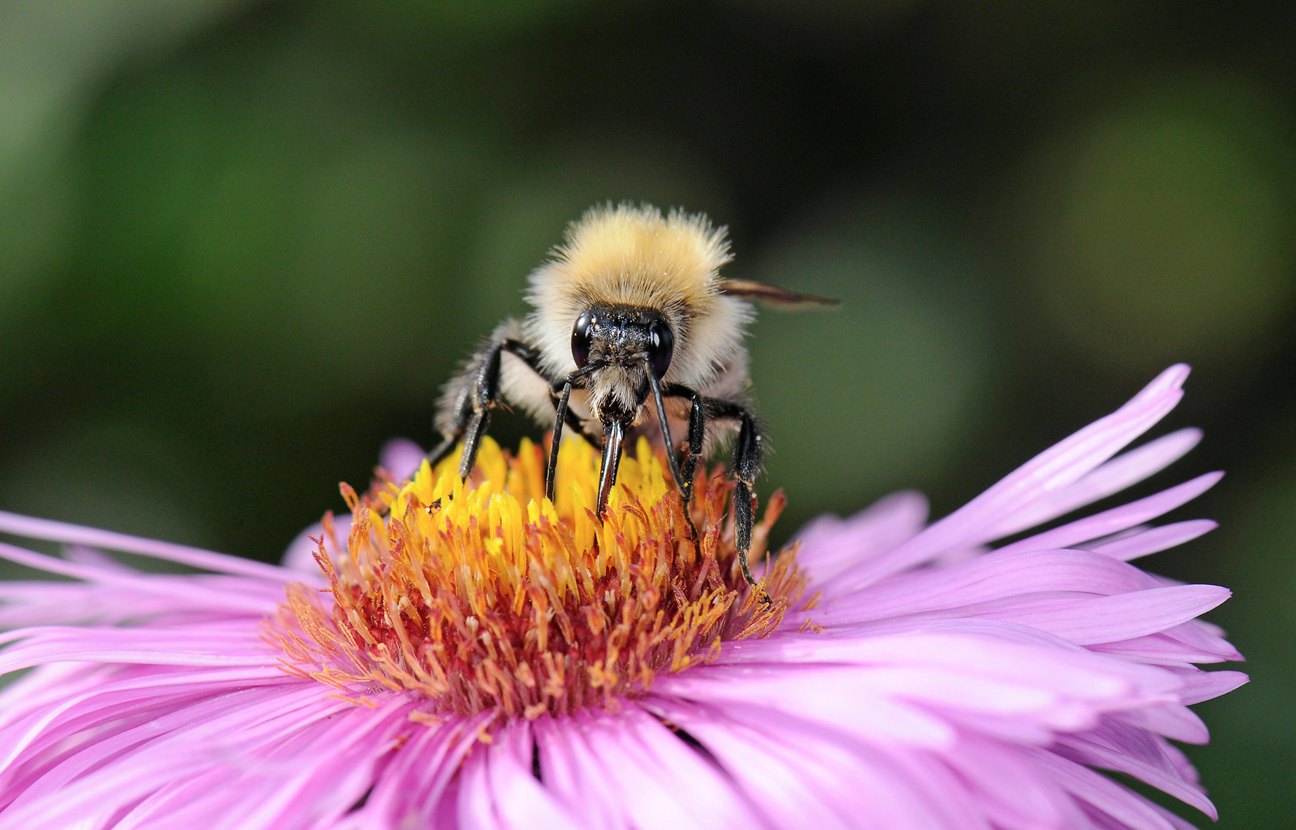
Ideal Temperature: 20º-28ºC
Watering: Once a day in well-drained soil
Sunlight: High
Asters bloom late in the year when it gets colder. Their purples, blues and pinks make them absolutely gorgeous - to us and to bees. Their open petal arrangement makes it easy for short-tongued bees to forage. In fact, a Smooth Aster is one of the most visited flowers by a range of different bee species, as studied in a garden pollinator study by Penn State. Having these in your garden can brighten up your October AND help the little worker bees so they don’t have to fly too far in the cold!
7. Salvia
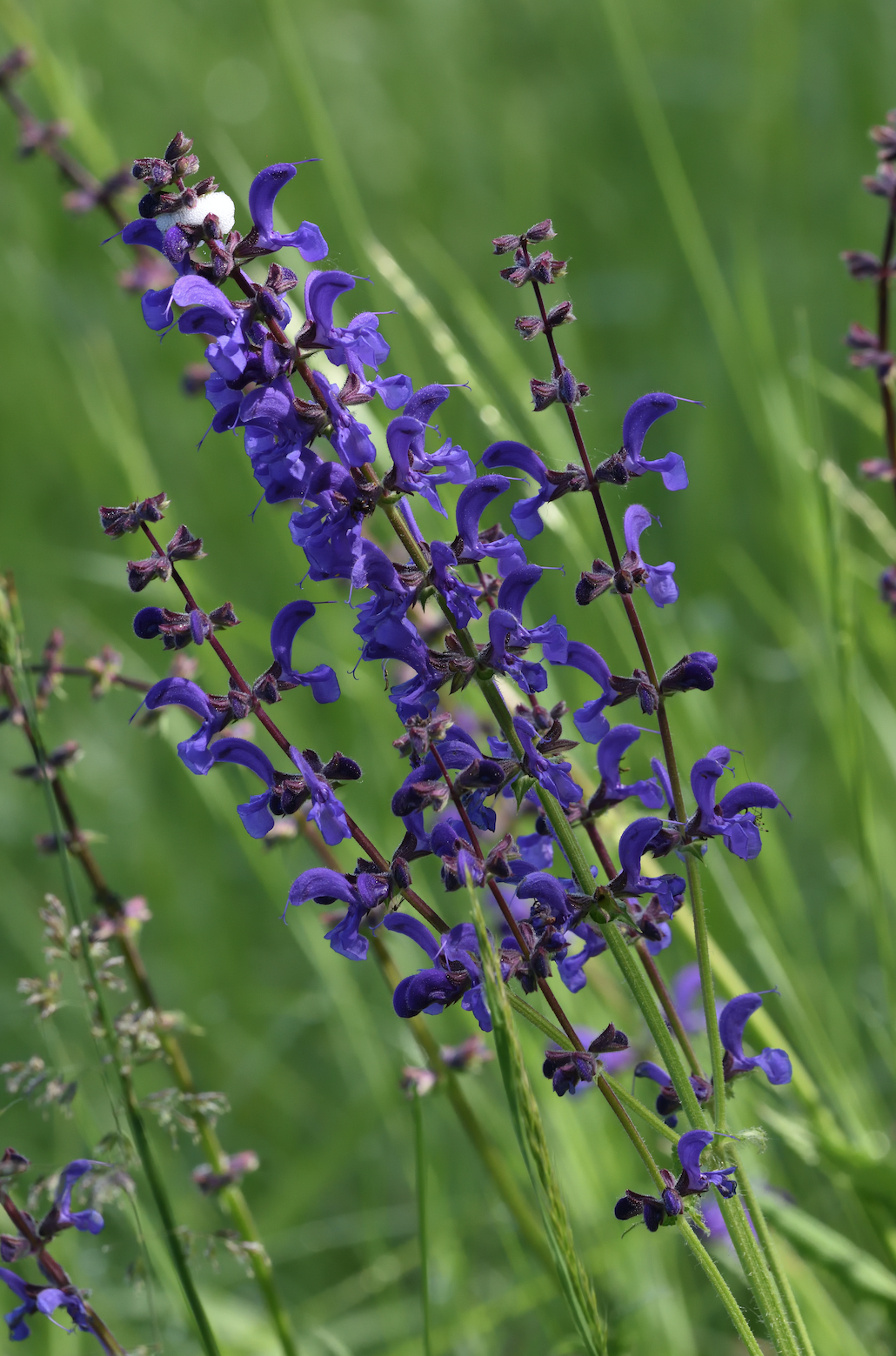
Ideal Temperature: 20º-30ºC
Watering: Once or twice a week, in well-drained soil
Sunlight: High
Various salvia, or sage plants, are great treats for bees. Their bright purple clustered around a long stem makes the arrangement easy for multiple individuals to collect nectar at the same time. It’s a great addition to any herb garden and is a sturdy and drought-resistant plant - great during the harsher times where other flowers cannot sustain! These tubular flowers are also loved by hummingbirds and butterflies, and you can rely on them to do the pollination perfectly for you.
8. Butterfly-Pea
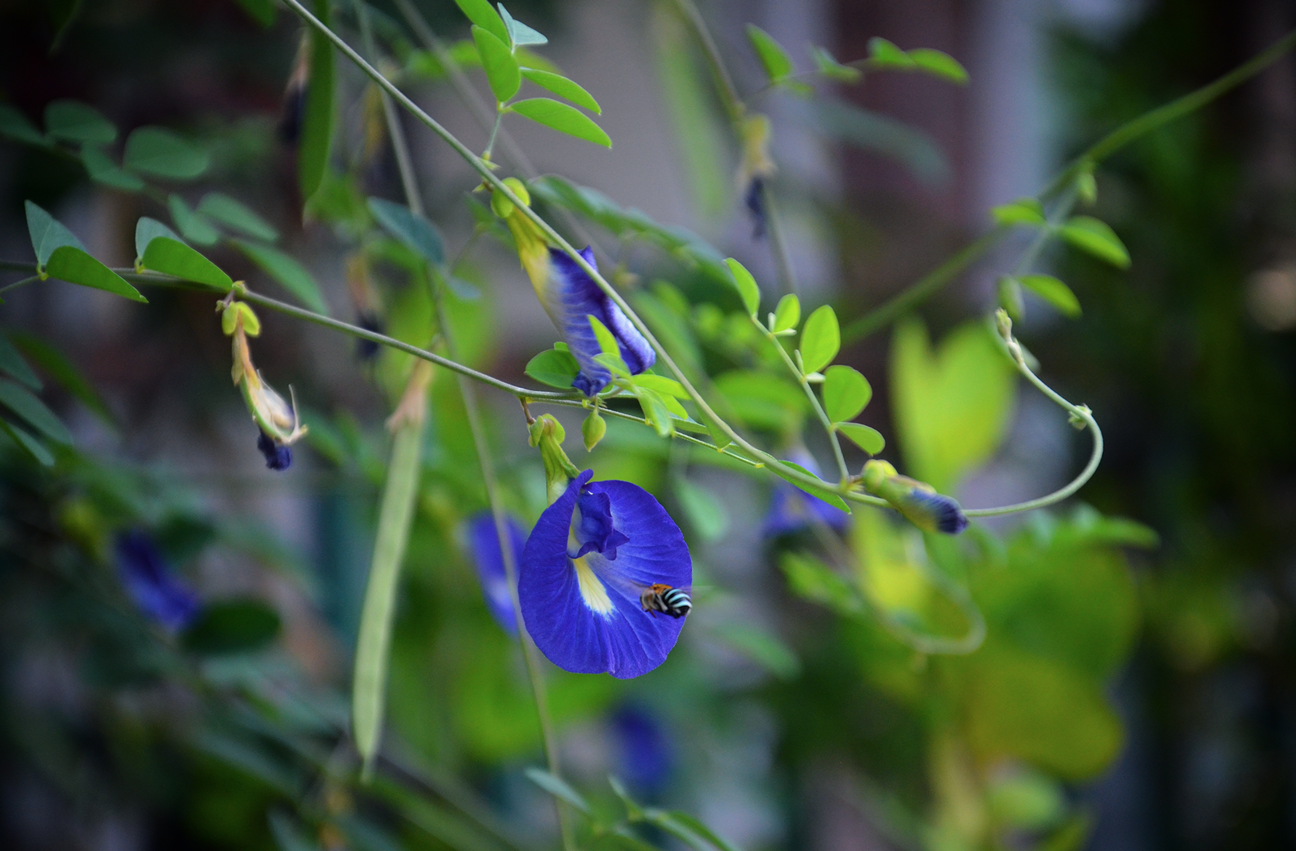
Ideal Temperature: 19º-28ºC
Watering: Once in 2 days (be careful not to over-water)
Sunlight: High
The butterfly pea is a beautifully shaped single petal flower that has evolved to rely on bees for pollination. They keep their nectar deep inside and when the bees enter to collect it, the flower dips to deposit pollen on its back. These flowers also allow bees to rest within their shady cool confines during hot and tiring summer days. This is a must-have for your garden not only because they are beautiful and nectar-rich but because they can save tired bees from over-exhaustion.
Keeping these plants in your balconies and window gardens, even if they are single plants, can be a huge advantage to bees that are too tired to forage further. Bees are smart with the nectar collection and do not overpopulate one space - so you need not worry about your balcony being flooded with bees at all times. This article just aims to inform people that everyone can do their part to help bees, whether it's one plant or a whole garden.